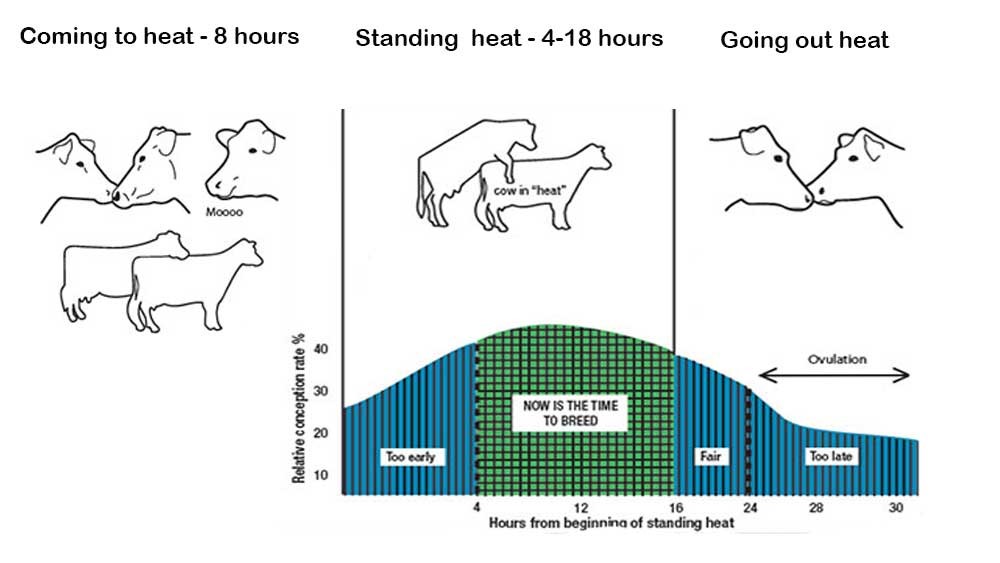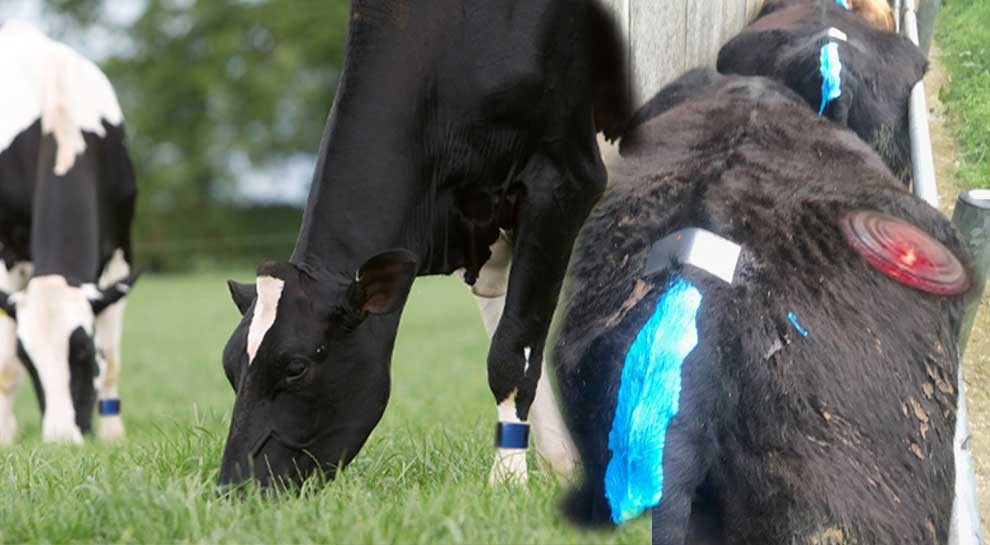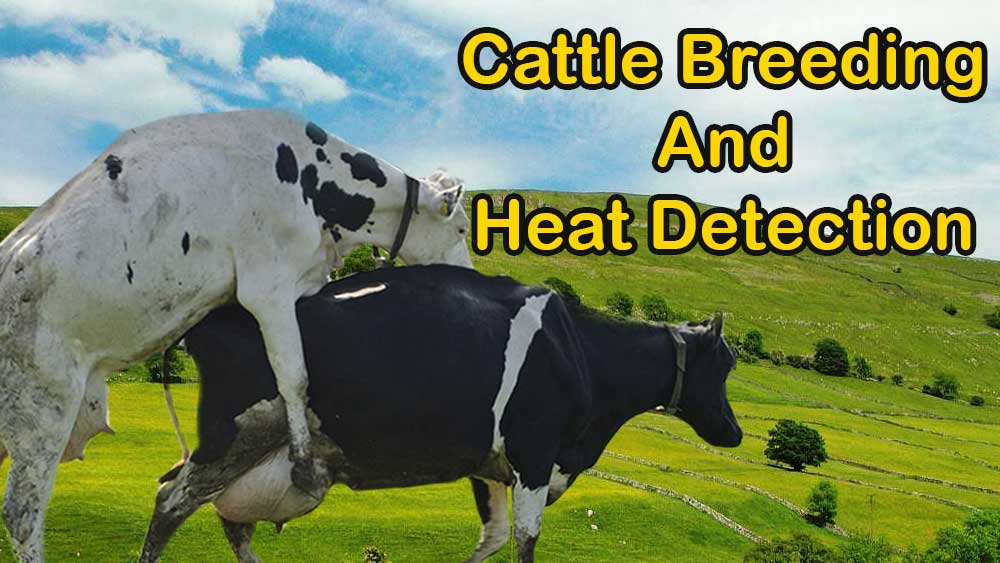Cattle Breeding can identify as one of the most important management practices in a cows farming. If we consider about dairy cattle farming proper breeding allow us to have a higher milk yield as well as with other desirable characters for easy management.
Breeding can simply understand as mating the female cow and the male cow. This is done primarily to have a better milk yield, healthy cows and calves and also to improve the fertility. Following correct breeding techniques is a must if you want to own a profitable cow farm.
When breeding cattle, the estrus or the cow heat signs are very important. If you need to manage an effective and an efficient cow farm then you need to identify these heat sings accurately. Then only you can lead your cow to a better breeding path.
Therefore, through this post I am going to discuss some of the key factors regarding cattle breeding and the heat signs. The breeding program is very essential in any type of farm. Though it is a small-scale farm or a larger scale farm. It is very important to pay attention to this topic.
Estrus or Cow Heat

Estrus or heat is the time period where the female is receptive to mated by a bull ow a cow. Normally this takes a times duration of about 12-18 hours. The cows which are not pregnant and sexually mature are the ones who are coming to this heat. This occurs due to a hormonal activity. Normally this heat occurs once in every three weeks. Or after 18-24 days.
Once estrogen secretes by the ovary the cow comes to heat and this period lasts for about 12-18 hours. The ovulation occurs 10-12 hours after the heat period. The life span of the ovule is around 6-10 hours and it takes 6 hours to travel through the oviduct. The highest conception rate is there 12-18h after onset of the heat. After ovulation completes the sex hormone progesterone is releasing by preventing the occurrence of heat signs until the next cycle occurs. That is after around 20 days. And if the ovule becomes conceived the heat is prevented throughout the pregnancy. There is only a small chance to conceive the cow during heat. Therefore, the careful observation and the timely action is needed if you want to maintain the breeding practices of your farm well.
This estrus cycle is of three stages.
- Coming to heat- lasts for about 8 hours
- Standing heat – allow to mount- lasts for about 16 hours
- Going off heat – lasts for about 8 hours
When to Inseminate the Cow?
If we are using the natural breeding method can do insemination between 6- 24 hours after onset of standing heat. The best time is between 6-12 hours after onset of standing heat.
If artificial insemination is doing then it is better to inseminate 4-18 hours after onset of standing heat.
What are the Heat Signs?

Heat signs are the signs that helps you to identify when the cows are on heat. These signs can divide in to three types like behavioral, physical and miscellaneous. The cows on heat are really restless and can identify if you observe the cows carefully regularly.
Behavioral Signs:
Standing to be mounted by other cattle-This is the most prominent feature that we can use to identify the cow or the heifer in heat. The cow allows other cows in the herd to mount on them while she is standing. If the cow mount on the other cows we cannot guaranteed that definitely she is on heat unless it allows other cows to mount on them.
The other signs are bellowing, increased activity, walking the fence line, grouping together is 4 or 5 butting and licking.
Physical Signs
Some of the physical signs can identify as loss of hair on tail head, raised tail head, reddened and swollen vulva and clear mucous discharge from vulva.
Miscellaneous Signs
Depressed appetite, depressed milk production and frequent urination are the other signs to use in identifying estrus other than above signs.
How to Detect the Heat?

There are several methods we can use to detect the heat signs of a cow.
Aids Measuring Mounting Behavior
In here we can use:
- Tail head markers by marking the tail heat with latex paint or wax crayon
- Dye-filled tail head patches
- Pressure sensitive transmitters
- Teaser animals (Surgically modified teaser bulls/Testosterone treated heifers)
- Chin-Ball marker (Smearing of colored ink)
Aids Measuring Secondary Signs of Heat
- Pedometer (Electronic devise strapped to rear leg/Measure activity level)
- Virginal probes (*Measure electrical resistance of virginal mucus)
Aids Directing Measuring Hormones
- Milk progesterone kit
What is Heat Synchronization
Bringing all the cows in to the heat at the same day or to closer dates is normally called the heat synchronization. There are some methods we can use here in this process.
- We are using some hormones in this aspect. Some of the hormones used are Prostaglandin – to bring the animal to heat by shortening the estrus cycle.
- Progestins /Prostaglandins – to keep animals out of heat and extend the estrus cycle
- GnRH – for the occurrence of ovulation
Advantages of Heat Synchronization
- Efficient and organized approach for AI and it takes less time for heat detection
- Earlier or more concentrated calving
- Uniformity of calves at weaning
- Easy to handle and care calves
- Maintain proper calving interval
Disadvantages of Heat Synchronization
- Drug and labor expenses
- Required high level of management
- Required good handling facilities
- Cow must be in good body condition
